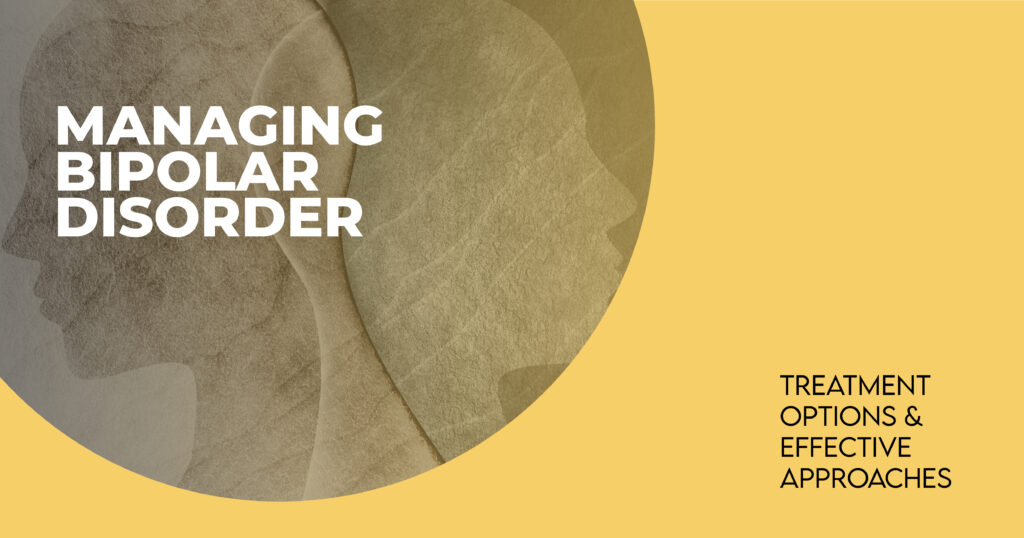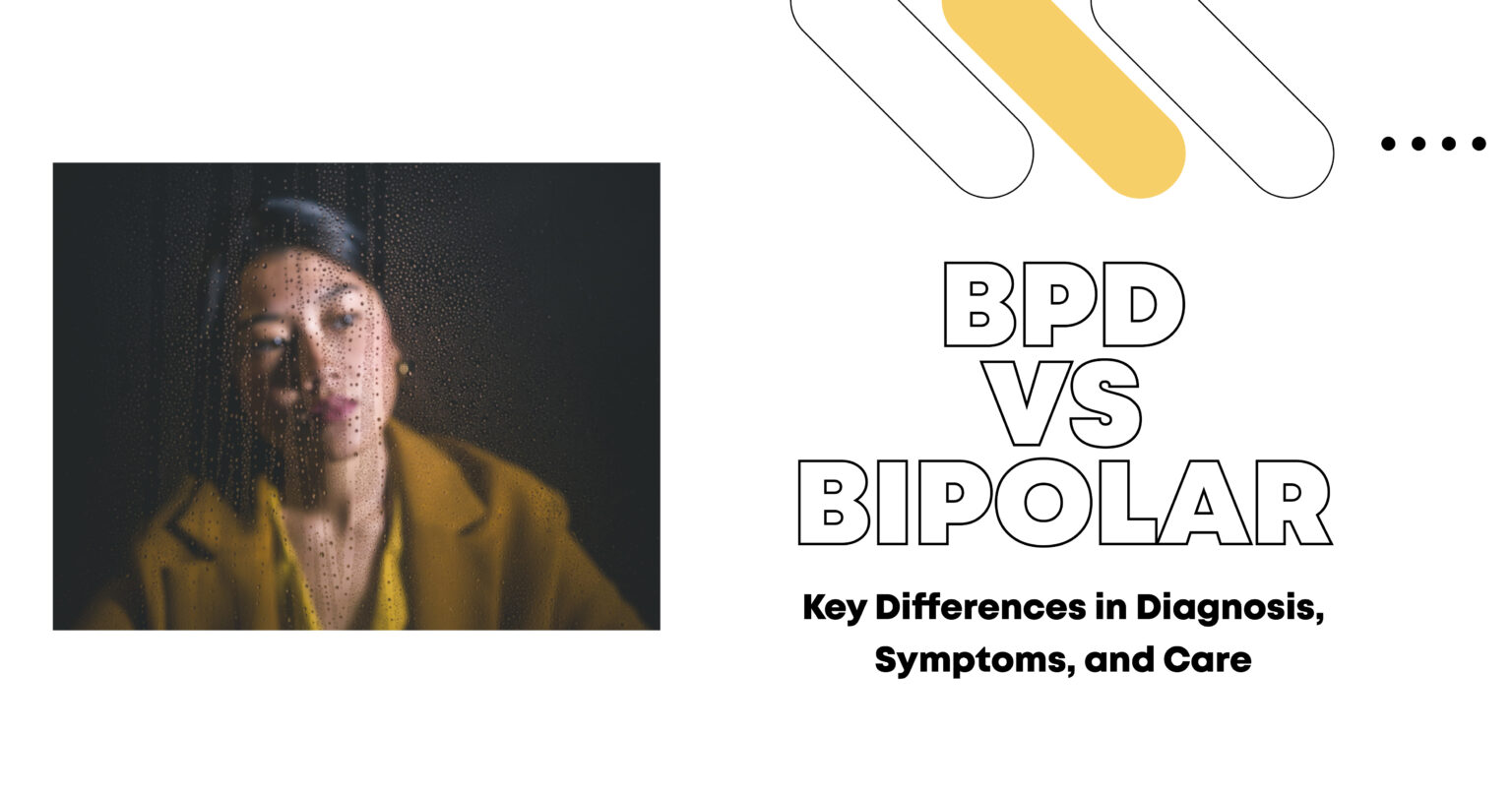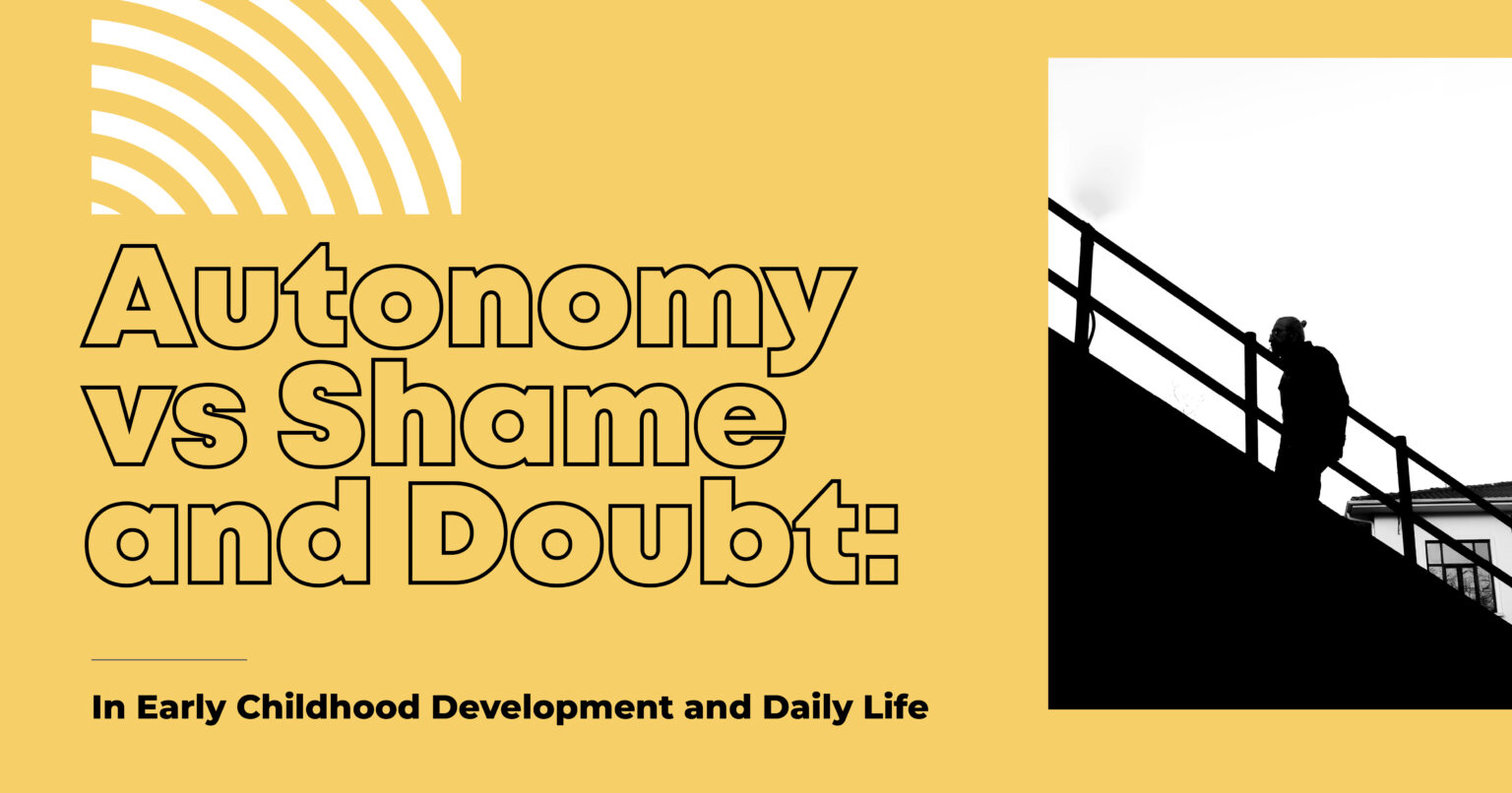Bipolar Disorder is a mental condition that has affected millions of people across every nook and corner of the world, depicting extreme mood changes from mania to depression. Bipolar Disorder can be one of the most manageable if treated appropriately. This guide covers the entire spectrum from traditional to the newest treatment for Bipolar Disorder, which combines effective therapy with strategies for adjusting and thriving in the condition.
Demystifying Treatment for Bipolar Disorder
Managing Bipolar Disorder requires a combination of treatments tailored to each individual’s needs. Ideally, this would be through finding a bipolar treatment plan that helps an individual maintain his or her balanced mood with minimal or no interference with daily life from episodes. Here are the most common and effective treatments for managing the disorder.
Shine Mental Health
Mood Stabilizers: The Backbone of Treatment
Mood stabilizers are considered to be the first line of management in Bipolar Disorder treatment plans. This class of medications prevents mood stabilizers from causing extreme episodes of mania and depression, ensuring better emotional balance. For decades, lithium has been a cornerstone in managing Bipolar Disorder, reducing the recurrence of both manic and depressive episodes. Therefore, its use has proven to lower the recurrence of both manic and depressive episodes.
For example, some of the recent bipolar treatment options developed drugs, like anticonvulsants, valproic acid, and lamotrigine, may be tolerated by a few. The returns of chemical imbalances to the brain vary because, in most cases, many must be tried for the right fit, and one needs to see their health care providers.
Navigating Medication Management
Although mood stabilizers form the backbone of treatment, at certain times, they can be co-administered with other drugs and help in establishing an appropriate bipolar treatment plan. The extreme symptoms when in mania can be controlled using medications like quetiapine and aripiprazole. Still, these can also be co-administered with mood stabilizers to manage the symptoms without overwhelming the patient with sedation.
Bipolar Disorder treatment options are also not one-size-fits-all. Patients are kept on antidepressants for control of episodes of depression, but this needs to be done with caution because drugs can induce mania. So any successful treatment program for Bipolar Disorders will include careful management of medications, and drugs will probably be titrated up or down in dosages and even types for optimum effect.
Therapy as a Pillar of Support
Apart from drugs, therapy is the most vital factor to combat the symptoms of Bipolar Disorder. Psychological therapies will make them strong in handling their symptoms and will prevent another episode. The most common treatment that is given to the patient suffering from Bipolar Disorder is CBT. It will make them learn and change the thought patterns and behavior that are responsible for episodes of depression and mania.
The other form of therapy is Interpersonal and Social Rhythm Therapy, which is aimed at regulating sleep rhythms and social activity rhythms that cause episodes of mood swings. A family therapy session also informs members of the family about the condition for supportive care.
It has been found that supplementing medication treatment with therapy stabilizes patients better. The bipolar treatment plan shall be supplemented with therapy in an all-around manner for long-term emotional and psychological support for control.
Unpacking the Types of Bipolar Disorder
Although Bipolar Disorder brings considerable variation among individuals, the types provide a definitive diagnosis, which will act as a treatment guide. The primary types are Bipolar Disorder I, Bipolar Disorder II, and Cyclothymic Disorder. They have their different symptoms and treatment requirements.
Tackling Bipolar I Disorder Challenges
Bipolar I disorder is defined by the presence of severe manic episodes that last more than seven days. In a few cases, it has included such severe symptoms of mania that a person needed to be immediately hospitalized. Besides the manic events, bipolar treatment options also have depressive ones, and they are mainly lasting longer than two weeks. Mood stabilizers and antipsychotics stabilize both manic and depressive events in the treatment of bipolar I.

- For Bipolar I disorder patients, there should be an overall bipolar treatment plan that includes both medication and therapy.
- These would minimize the intensity of episodes. Patients who are under medication management for this disorder usually take high-potency drugs that prevent extreme mood swings.
- Therapies like CBT or IPSRT help patients identify their triggers and cope with emotional dysregulation.
Strategies for Bipolar II Disorder
Bipolar II disorder involves less intense manic episodes (hypomania), but the depressive phases can be equally, if not more, debilitating. Those with Bipolar II may experience periods of extreme fatigue, low motivation, and feelings of hopelessness during depressive episodes. While bipolar treatment options are similar to those for Bipolar I disorder, the focus for Bipolar II tends to be on managing the depressive symptoms while also stabilizing mood during periods of hypomania.
- Hypomania is the characteristic symptom of Bipolar II disorder. This is less severe than mania, but the depressive stages can be as severe or even more disabling.
- The depressive stages of Bipolar II may include periods of severe fatigue, low energy, and hopelessness for patients.
- In this case, the management for the bipolar treatment option is the same as that with Bipolar I disorder. Still, Bipolar II often tends to focus on stabilizing the depressive symptoms while trying to stabilize the mood when there is hypomania.
- The best treatments for managing Bipolar II include CBT and IPSRT. These will stabilize the person’s sleep-wake cycle and emotional reactions, which tend to be disrupted during episodes of depression.
- Other than these, neurostimulation therapies are the newest form of treatment for Bipolar Disorder and may be useful in managing individuals whose symptoms have been unresponsive to therapy.
Managing Cyclothymic Disorder
Cyclothymic disorder is a chronic mood swing, but less severe than Bipolar I and II. At times, it can be very life-altering. Due to its mild manifestation symptoms, this condition rarely receives a diagnosis. Some essential treatments for this condition include mood stabilizers combined with therapy, which usually focuses on routine and the use of stress management methods.
Treatment for Cyclothymic disorder is a bit more challenging because it has fluctuating characteristics. A Bipolar Disorder treatment plan for this includes regular observation of mood fluctuations, and continuation of therapy is very crucial.
Enhancing Mental Health Through Complementary Therapies
Although other therapies complement these treatments, of late, many patients have been saying that complementary therapies other than the treatment processes are of much importance in managing Bipolar Disorder. This kind of therapy is based on lifestyle and alternative methods of treatment.
The Role of Lifestyle Modifications
Lifestyle changes are an important element in managing Bipolar Disorder. These include keeping a schedule for sleep, doing mindfulness exercises, and having regular physical exercise. A healthy diet and reduction in alcohol and caffeine intake prevent mood swings. People with Bipolar Disorder are susceptible to any alteration in their daily routine patterns. Lifestyle changes improve stability. Routine and healthy activities may provide a frame of mind that reduces the probability of mood episodes for the disorder patients.
Alternative Approaches: Light Therapy and More
Besides medication and therapy, some patients report relief through these alternative, cutting-edge treatments for Bipolar Disorder, for example, light therapy in Bipolar Disorders. It has been used in the control of seasonal affective disorder, which causes depressive episodes in some patients with bipolar. The remaining alternative therapies considered as mood stabilizers include acupuncture or biofeedback.
Some of these need further research to be approved. The patients could consider taking them as part of their bipolar treatment plan package that can be used to improve mood and, ultimately, quality of life.
Shine Mental Health
Self-Care and Empowerment in Bipolar Disorder Management
The most empowering aspect of living with Bipolar Disorder is the management of one’s health. Probably one of the most vital pieces of any Bipolar Disorder treatment plan of any sort is self-management, which means that individuals have much more controversy in their treatment and care.
Crafting a Self-Management Plan
The successful treatment of Bipolar Disorder can be managed through self-management, for example, mood tracking, setting up daily goals and activities, or making notes that could lead to the onset of a manic or depressive episode. Keeping track of everything in mental health apps and mood diaries provides a better and clearer view of making treatment preparations for Bipolar Disorder.
Self-management aims to help the individual take charge of his or her health and collaborate with the healthcare professional in managing his or her treatment. Education and awareness are essential.
The Importance of Education and Awareness
This management issue makes education very relevant to patients with Bipolar Disorder. The better the patient is informed concerning the disorder he or she is suffering from, the more it is easier to come up with informed decisions regarding the treatment. The best way that education reduces the stigma attached to mental illnesses is by enabling the patients to take more responsibility in accessing both treatment and support.
A support network may consist of family, friends, and even employers who could be helpful to an individual. Discussing this with loved ones would strengthen the support network and give them a better idea of the challenges.
Special Considerations in Bipolar Disorder Treatment
Sometimes, special considerations must be factored into a course of treatment. This chapter covers some of these unique considerations and how they might influence your treatment plan.
Pediatric Bipolar Disorder: A Delicate Balance
The young should also be treated sensitively because the brain and body are both developing. Therefore, bipolar treatment plans for Pediatric Bipolar Disorder quite often require those that will suit children and adolescents in a particular way. For that matter, such treatment, compared to adults, presents no trace of resemblance toward medication management and therapy being adjusted according to the emotional needs of children and adolescents.
Pregnancy and Bipolar Medication
Treatment in pregnancy balances sensitively with bipolar. Some medications will pose a risk for both mother and fetus, so a healthcare practitioner needs to determine what bipolar treatment options are safe during pregnancy. Lifestyle changes, therapy, or monitoring can be stressful while trying to keep a balance without interfering with the pregnancy.
Dual Diagnosis: When Substance Abuse Complicates Treatment
Besides Bipolar Disorder, most patients with this condition have comorbid disorders related to substance abuse disorders that make treatment even more challenging. The bipolar treatment plans for these patients must also include integrated management of the mental disorder and the substance use disorder to provide a holistic approach to both conditions. Treatment plans to integrate the management of either or both may lead to improved overall outcomes.
The Journey Toward Accurate Diagnosis
Proper diagnosis is the first step toward effective treatment. Proper diagnosis will enable the service providers to formulate the right kind of treatment plan for that individual.

The Critical Role of Health Care Providers
The debate over the appropriate treatment in case of a diagnosis of Bipolar Disorder starts with that diagnosis. Mental health practitioners, who are best qualified to assess the symptoms and rule out the possibility of other conditions, are best placed to offer proper treatment. Good working relationships with health providers might become a prerequisite for handling a condition well.
Thoughts on Managing Bipolar Depression
Individuals who suffer from such conditions in life can enjoy an entire life with the help of mixed Bipolar Disorder treatments and plans consisting of containing current world modern therapy for Bipolar Disorders, keeping symptoms in control.
Call to Action
If you or someone close to you experiences symptoms of Bipolar Disorder, don’t wait. Reach out to a mental health professional today to get information about what you can do to start a plan customized for success. And just remember, with proper treatment and support, Bipolar Disorder does not have to rule anyone’s life.
Shine Mental Health
FAQ’s
- What are the main treatment options for Bipolar Disorder?
Common treatments include mood stabilizers, antipsychotics, and antidepressants, combined with therapies like Cognitive Behavioral Therapy (CBT) and Interpersonal and Social Rhythm Therapy (IPSRT) to manage symptoms and prevent episodes.
- How long does it take for bipolar treatment to work?
It can take weeks to months for a bipolar treatment plan to show results. Ongoing adjustments may be needed to find the right combination of medications and therapies.
- Can Bipolar Disorder be cured?
Bipolar Disorder cannot be cured but can be managed with a combination of medication, therapy, and lifestyle changes to prevent mood swings and maintain stability.
- What lifestyle changes help manage Bipolar Disorder?
Helpful lifestyle changes include maintaining a regular sleep schedule, eating healthily, exercising, reducing stress, and avoiding drugs or alcohol. These can complement Bipolar Disorder treatment options for better symptom control.
- Is therapy necessary for managing Bipolar Disorder?
Yes, therapy, especially CBT and IPSRT, is crucial for managing Bipolar Disorder. It helps individuals develop coping strategies and emotional regulation to complement medications and treatment plans.







